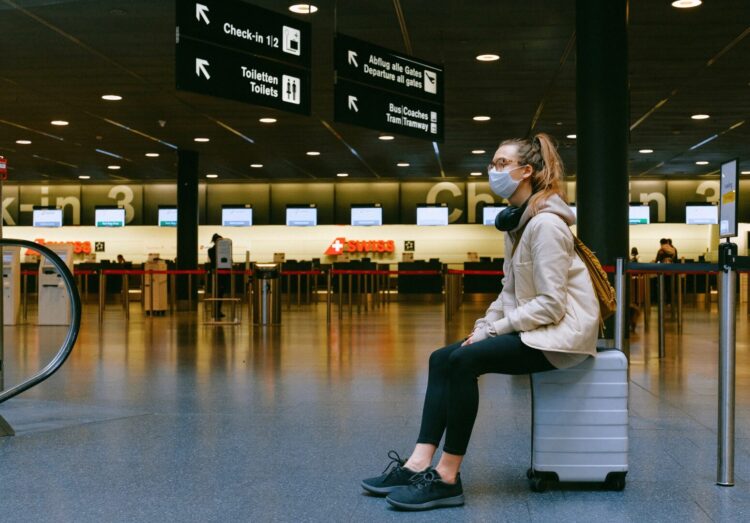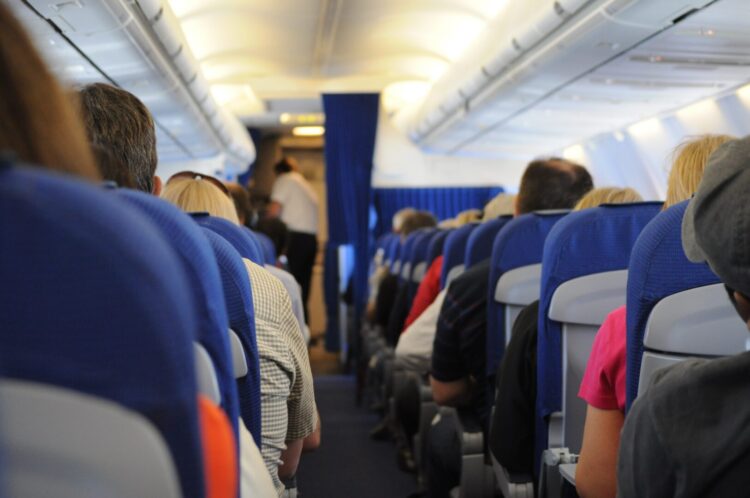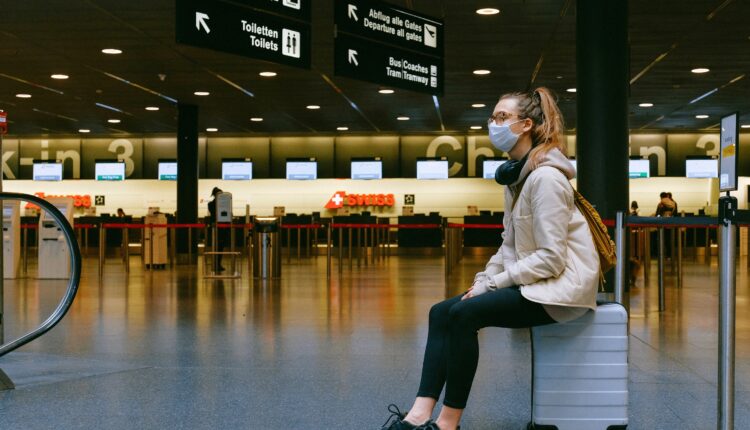With the number of European flights increasing significantly from Liverpool Airport in July, here’s what scientists have to say about the risks of catching coronavirus on a plane. Tony McDonough reports

One of the many downsides of the coronavirus lockdown was that is stopped people being able to fly off for a holiday – something millions of us look forward to each year.
However, planes are flying again with services to a number of European destinations becoming available in July from both Liverpool and Manchester Airports. But is there a high risk of COVID-19 transmission while being stuck at close quarters in a metal tube with hundreds of other people?
You may think the obvious answer is yes but, as always, the scientific data available so far does offer some reassurance that flying may be a lot safer than we imagine. Even more so, if we wear a face covering.
On January 24, a plane carrying 335 passengers from Singapore landed in Hangzhou in China, with16 passengers positive for COVID-19. A clinical study was undertaken by the Hangzhou Centre for Disease Control assessing the passengers up to February 15.
Researchers concluded that majority had contracted the virus before getting on the plane and, crucially, in the weeks following the flight, just one case of transmission was traced back to the four-and-a-half-hour flight. That passenger had sat close to four infected people who were not wearing masks.
READ MORE: The latest science on wearing face coverings
Another clinical study by Public Health Ontario in Canada, analysed a 15-hour flight from Guangzhou in China to Toronto. There were 350 passengers on board and they included one passenger, whose journey had started in Wuhan, and who was positive for COVID-19 and showing symptoms.
Health officials monitored all the passengers for 14 days after the flight and, despite 25 people being in close quarters to the infected individual for the whole duration, not a single person contracted COVID-19.
Both these studies also feed into a wider scientific debate right now about the prevalence of so-called airborne transmission of COVID-19. With airborne viruses, such as measles and smallpox, tiny disease-carrying particles can float in the air for hours, even travelling down hallways and through ventilation systems.
However, the World Health Organisation’s stance is that COVID-19 is primarily spread through droplets expelled from the mouth and nose, which fall from the air comparatively quickly.

While this view is currently being challenged by a number of scientists around the world, the evidence from the two studies above would suggest the case for widespread airborne transmission of COVID-19 remains sketchy.
They also give weight to several studies that suggest when infected people talk loudly, shout, sing or exercise, they are more likely to project the virus outwards. On a plane, most people tend to be silent or talk quietly. So maybe give the stag and hen parties a wide berth.
Of course, when we do fly, there are other contact points with the potential for transmission, such as bars and restaurants in the terminal, at security or, in particular, as people are boarding, or leaving, the aircraft.
With a growing scientific consensus that face coverings do offer both protection for the wearer, and those around them, the case for wearing a mask while flying is very strong.
Isaac Bogoch, an infectious diseases expert at the University of Toronto, who cited both of the above studies, concluded: “Clearly, there can be transmission on planes but it’s lower risk than many people believe. But it isn’t 0%, so wear a mask.”

